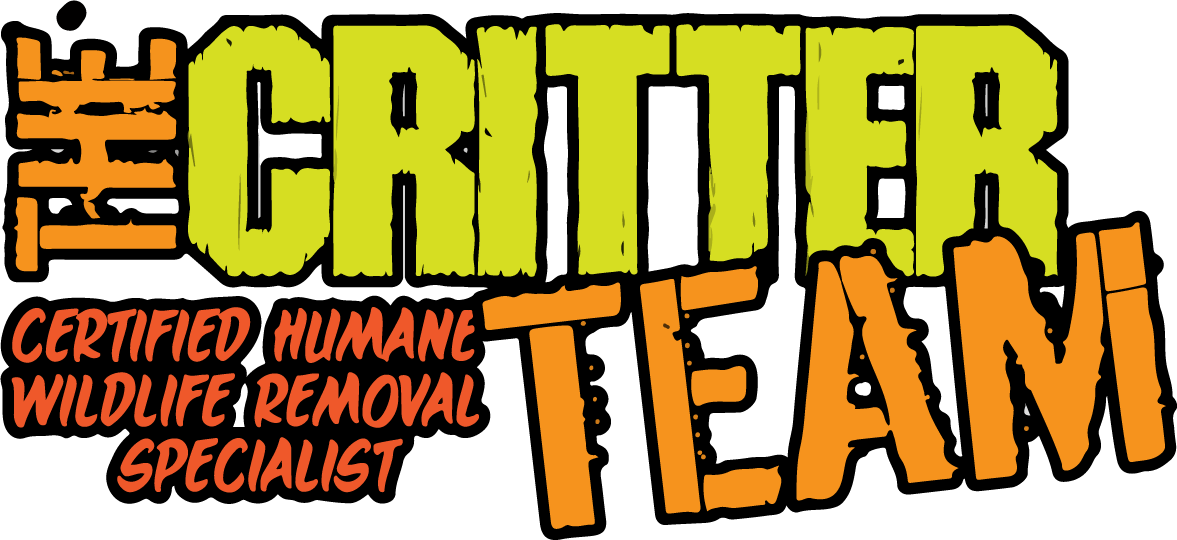Snake season in Texas is a time of heightened awareness and caution for residents. With over 115 species of snakes found in the state, including venomous ones like the western diamondback rattlesnake and the copperhead, encounters are not uncommon. The warm climate and diverse habitats make Texas an ideal environment for snakes to thrive. Spring and summer are particularly active seasons for these reptiles, as they emerge from hibernation and begin their search for food and mates. Hiking trails, parks, and even backyards become potential snake territories, urging Texans to be vigilant and educate themselves on snake identification and safety measures. It is crucial to remember that most snakes are non-venomous and play an essential role in controlling rodent populations, but it is always wise to exercise caution and respect their space during snake season in Texas.
Snake Season in Texas: Understanding the Dynamics and Wildlife Control Measures
The Arrival of Snake Season
As the temperatures rise and nature awakens, Texas experiences the arrival of snake season. This period, typically spanning from spring to early fall, is when snakes become more active, leading to increased encounters between humans and these reptiles. Understanding the dynamics of snake season in Texas is crucial for residents to ensure their safety and take appropriate wildlife control measures.
Snake Species in Texas
Texas is home to a diverse range of snake species, some of which are venomous. The most common venomous snakes found in the state include the Western Diamondback Rattlesnake, Copperhead, Cottonmouth (Water Moccasin), and Coral Snake. It is essential to familiarize yourself with the appearance and habits of these snakes to identify potential threats accurately.
Factors Influencing Snake Activity
Several factors contribute to increased snake activity during snake season. One major factor is the rising temperatures, which prompt snakes to come out of hibernation and seek food, water, and mates. Additionally, the abundance of prey, such as rodents and small mammals, attracts snakes to residential areas. Understanding these factors helps homeowners take necessary precautions to minimize encounters with snakes.
Common Snake Habitats
Snakes are highly adaptable creatures and can be found in various habitats across Texas. They can be spotted in grasslands, forests, deserts, marshes, and even urban areas. When it comes to residential areas, snakes often seek shelter in gardens, woodpiles, rock crevices, and underneath structures like porches and sheds. Being aware of these common hiding spots can help homeowners take preventive measures.
Preventing Snake Encounters
While complete prevention is challenging, there are several measures homeowners can take to reduce the risk of snake encounters. Regularly inspecting and sealing any gaps or cracks in the foundation and walls of your home can help keep snakes out. Keeping the yard well-maintained by trimming vegetation, removing debris, and storing firewood away from the house also discourages snakes from taking up residence.
What to Do if You Encounter a Snake
Despite our best efforts, snake encounters may still occur. If you come across a snake, it is crucial to remain calm and keep a safe distance. Never attempt to handle or provoke the snake, as this increases the risk of a bite. Instead, contact a professional wildlife control operator who has the expertise and equipment to safely remove the snake from your property.
Professional Wildlife Control Measures
When dealing with snakes or any wildlife on your property, it is always recommended to seek professional assistance. Wildlife control operators possess the necessary knowledge and experience to handle such situations safely and effectively. They can conduct thorough inspections, identify potential entry points, and implement appropriate exclusion measures to prevent future encounters.
Conclusion
Snake season in Texas brings about increased snake activity and potential encounters between humans and these reptiles. By understanding the dynamics of snake season, familiarizing ourselves with common snake species, and implementing preventive measures, we can minimize the risk of snake encounters. Remember, if you do come across a snake, it is best to contact a professional wildlife control operator to ensure your safety and the humane removal of the reptile.
The Critter Team – Wildlife Control and Animal Removal Services
At The Critter Team, we understand the importance of wildlife control and animal removal for the safety and well-being of both humans and animals. If you’re facing a wildlife invasion or have encountered a pesky critter on your property, look no further. Our team of highly trained professionals is here to assist you. With years of experience in the field, we have developed effective and humane techniques to handle a wide range of wildlife situations. Whether you’re dealing with raccoons, squirrels, bats, snakes, or any other wildlife species, we have the knowledge and expertise to resolve the issue promptly and efficiently.
To ensure the safety of your home or business, our services include thorough inspections of your property to identify potential entry points and assess the extent of the infestation. Once we have gathered all the necessary information, we will develop a customized plan tailored to your specific needs. Our team utilizes the most advanced tools and equipment to safely remove the animals and prevent their return.
At The Critter Team, our priority is not only to remove unwanted wildlife but also to provide long-term solutions that prevent future invasions. We believe in humane methods, which is why we focus on exclusion techniques rather than harmful traps or poisons. By sealing off entry points and implementing preventative measures, we can help safeguard your property from future intrusions.
If you’re in need of professional wildlife control and animal removal services, don’t hesitate to contact The Critter Team today. Our dedicated team is available 24/7 to address your concerns and provide immediate assistance. Reach out to us at (281) 667-0171, and let us help you regain control over your property while ensuring the well-being of both you and the wildlife involved.
